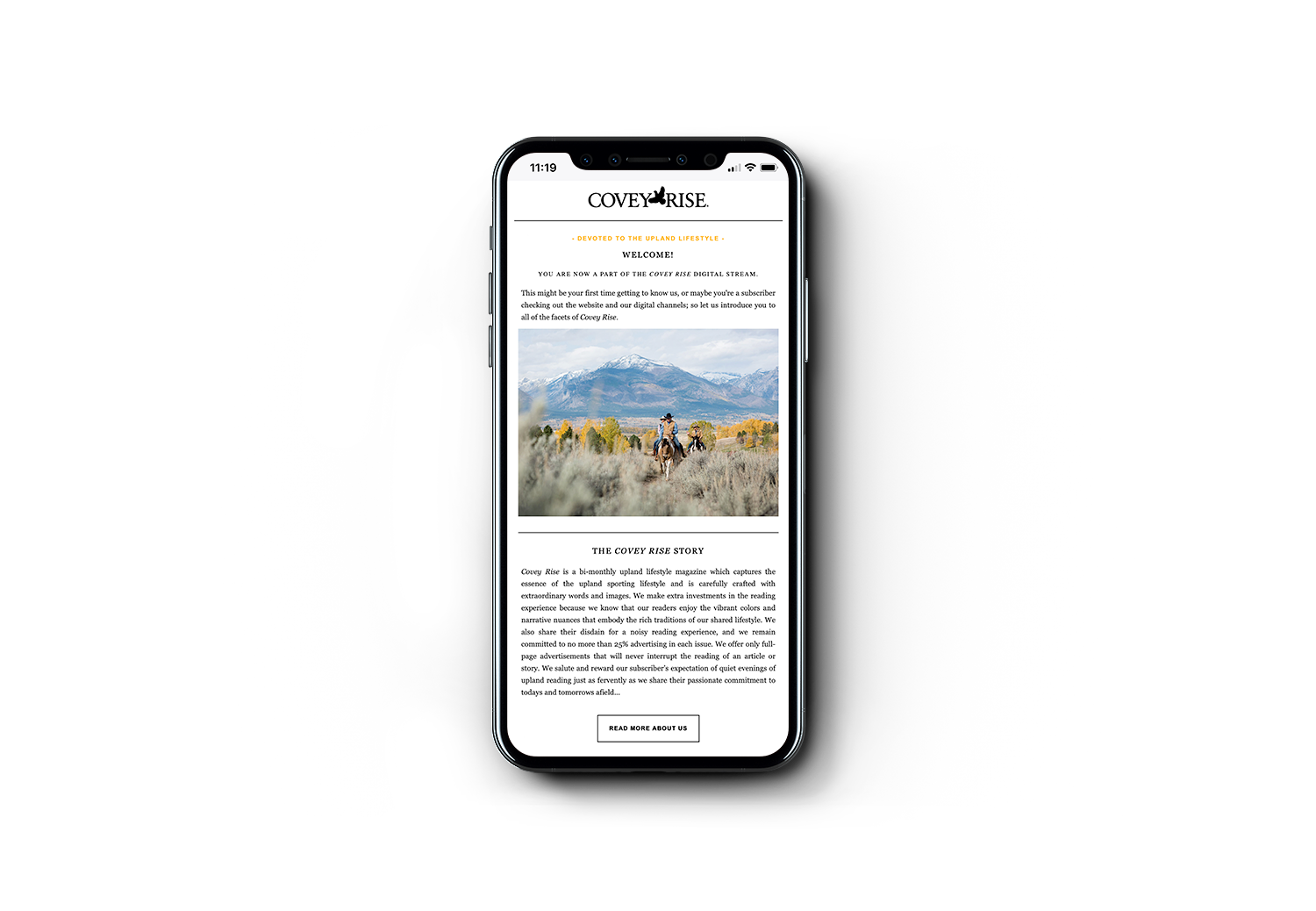Situated on 80 pristine acres in St. Helena, California, a town whose motto is “the heart of Napa Valley,” The Napa Valley Reserve may literally be just that: the very heart of the valley. It was founded in 2000 by a man who is well-known in the region—Bill Harlan, one of the most influential winemakers of our time. Lauded as a pioneer, a visionary, and a craftsman, Harlan has been making superior wines for more than 30 years, and has left an indelible mark on the Napa Valley vineyard legacy. He is a modern master.
To Harlan, winemaking is the “art of man and nature.” He has always worked closely with the natural surroundings, climate, and seasons to craft his vintages. “To me, it’s about family and friends, camaraderie, being close to nature in a beautiful environment, and creating something that can be shared with others,” Harlan said.
With this philosophy, Harlan and his winemaking team at the Harlan Estate garnered international respect for creating what Robert Parker of The Wine Advocate says, “might just be the single most profound red wine not just in California, but in the world.” This wine would be the cornerstone of Harlan’s quest: to create a club that honors the legacy and traditions of winemaking estates the world over, operates at the highest level of excellence, and provides an educational platform that members and their families can participate in year ’round, learning both the rewards of working the land and the intricacies with which fine wines are made.




